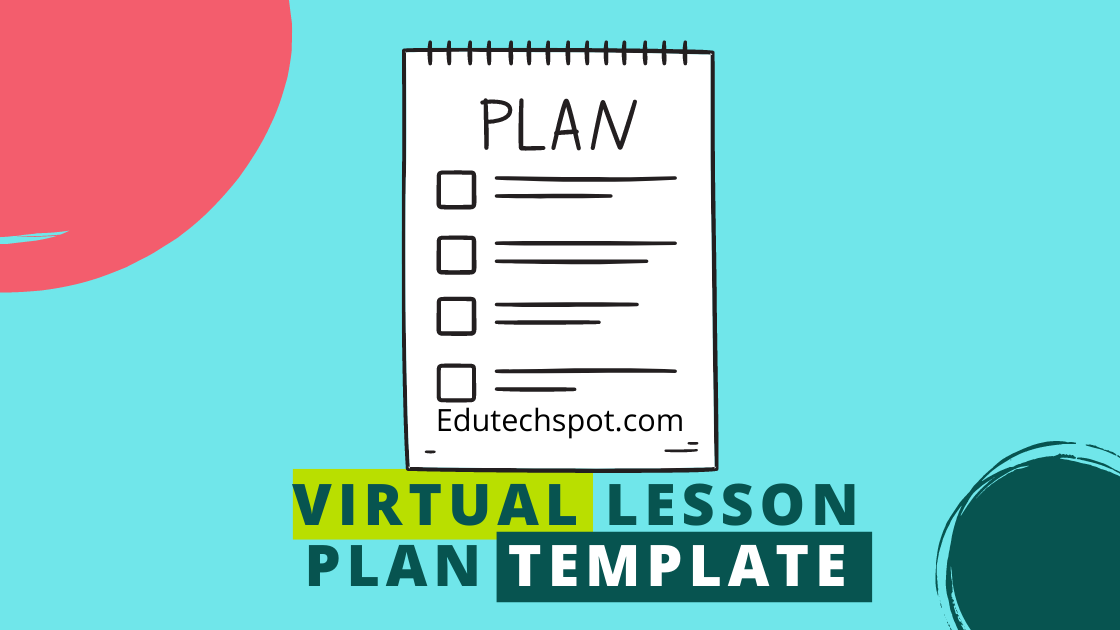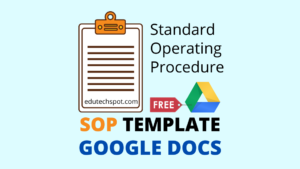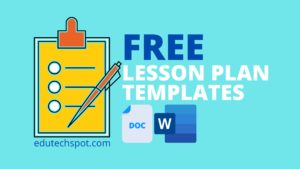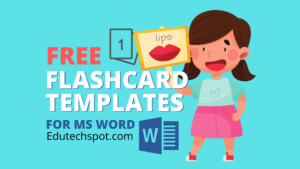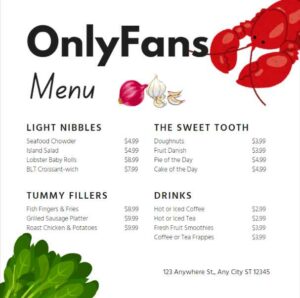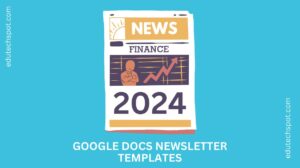Virtual Lesson Plan Template. If you want to teach all or most of your students remotely this fall, you’ll need a specific lesson plan framework to follow. Previously, your district most likely gave you with one. Has it, however, been upgraded to accommodate remote teaching – learning process? Here is an example lesson plan template for students who will be studying remotely; it may be used for any topic or class rank and is dependent on the most recent research. I made it basic on purpose to make it easier to use. Add any extra stuff you need and want.
Virtual Lesson Plan Template File
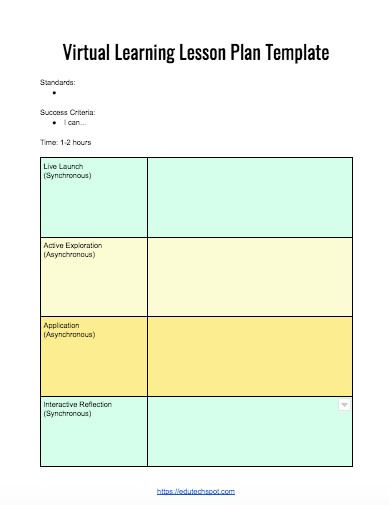
Make sure that you have logged in to your Google account before copying the template file above. Still not sure? please read: How to copy google docs template
The Lesson Plan Format for Remote Learning
This lesson plan template is divided into three pieces to keep things simple: introduction, learning, and closing. The following topics are covered in the Introduction section:
- The study subject or unit
- The amount of time that will be spent on this lesson’s subject
- Objectives for students
- Connection
- Concentrate your efforts.
Learner goals are crucial, and what makes them effective for long-term learning is that students can answer three questions about what they’re learning:
- What am I discovering?
- Why am I studying it now?
- When will I know I’ve mastered it?
That implies students must comprehend the principles being taught as well as the level at which they must understand them. This should be communicated in terms that all pupils can grasp, regardless of age. Specificity is essential. “I’m learning how to add” isn’t good enough for them. They must instead be able to characterize themselves as “learning how or when to add two digit numbers.”
The most crucial aspect of remote learning is the connection. It’s how you’ll continue to assist the pupils (and yourself) connect with one another. You may employ SEL exercises, ice breakers, trying to get to know you’s, and other similar methods here. The idea is to keep pupils linked even while they are apart from one another.
Finally, the focus exercise assists students in focusing on the content of this session. It might be as easy as their discussing what they discovered the day before, a brief movie to pique their curiosity, an introductory activity to elicit questions, or a fast KWL on something they already learn about the subject. The trick will be to get their attention focused on the instruction that is going to happen.
Duration of the material
Although this section’s name isn’t very elegant, it is here that the main learning process starts. There are two sorts of activities in a remote classroom: synchronous and asynchronous. Synchronous activities are ones that take place simultaneously with all of the pupils in the class. This might be from you, internet resources, other students, and so on. The important thing is that everyone is doing this at the same moment. However, depending on how you decide to distinguish, the activities might differ from student to student. The timing is what sets this apart.
Asynchronous learning follows, with pupils studying under their own (or in small groups). The instructor is not engaged in any way. This may mean they’re working on arithmetic problems outside of class, watching a movie, writing a report, or performing a hands-on exercise. Asynchronous learning requires that the learner first grasp the topics being taught. Having kids practice something they don’t understand is a waste of time, and it may even lead to their understanding the topic incorrectly.
In this area of the lesson plan template, you may also mention the resources that students or the instructor will use to learn the material. This applies to synchronous as well as asynchronous learning.
Bringing the Virtual Lesson Plan Template to a Closing
The last component of the lesson plan assesses the pupils’ learning achievement. Assessment is completed by student feedback on their own learning processes and outcomes. For individuals who wish to enhance their mastery or want further guidance, the instructor provides additional materials.
Finally, there is a spot in the lesson plan for student reminders (submission deadlines, next quizzes or exams, crucial announcements, and so on.). It’s also vital to let pupils know where they may obtain extra support, particularly if they’re doing it online. This may be virtual “office hours,” a tutor, or more films or materials that teach the material in a different way than it has been provided before. I’ve even seen a teacher construct a “panic button” in her Google Classroom that learners may use when they’re having trouble; the button sends an immediate email to the instructor requesting assistance. All of this is intended to remind pupils that the students are not alone when working remotely.
This Virtual Lesson Plan Template is quite basic, but I hope it will serve as a preliminary step for you as you consider how to adapt your teaching for remote learning.
Want more variation? Go to: Lesson Plan Template Google Docs
